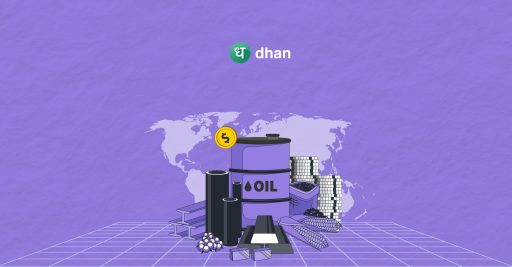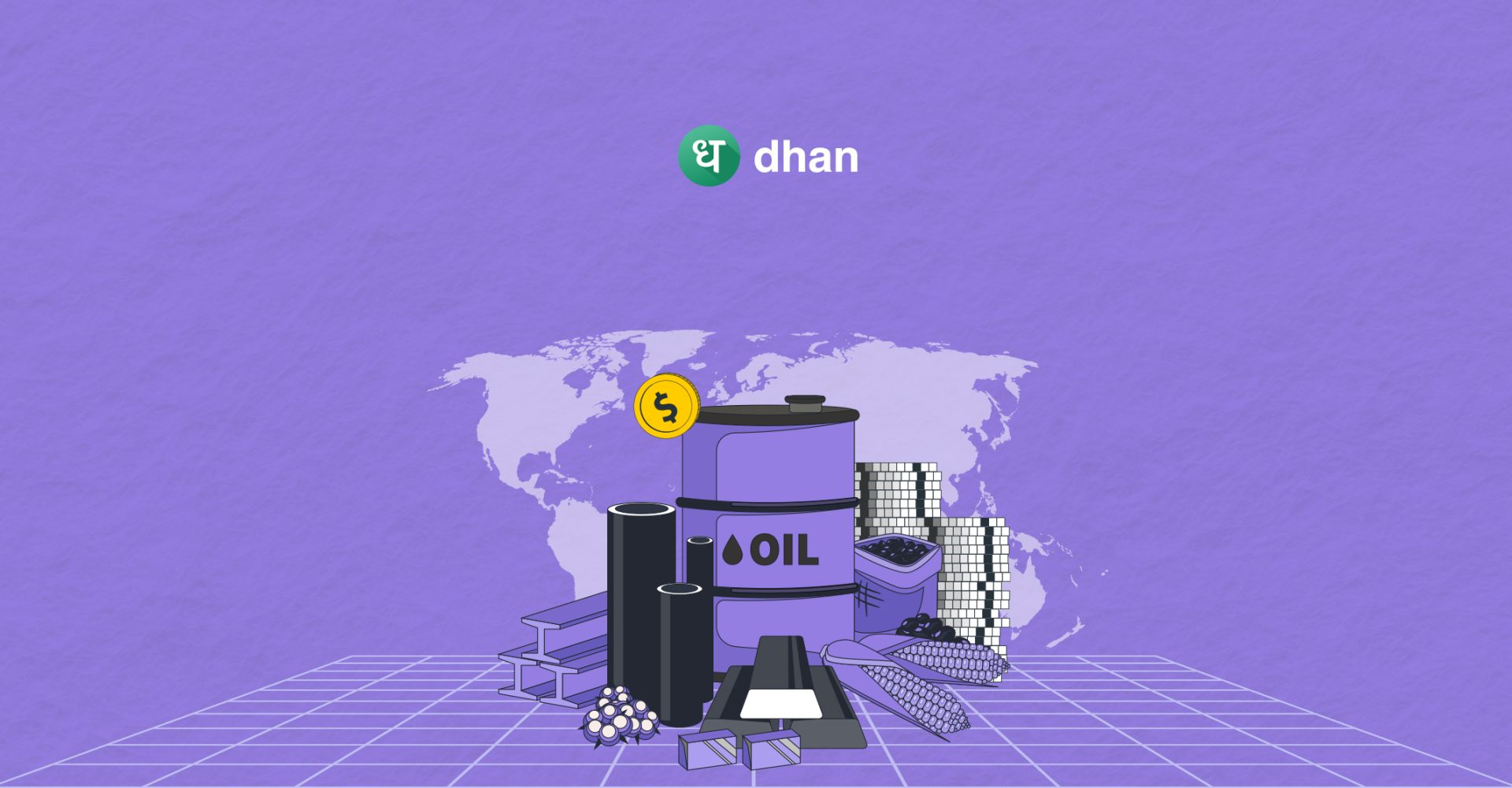Commodity trading may appear complex, but it presents significant profit opportunities for traders. At its core, commodity trading involves buying and selling raw materials like oil, gold, and wheat.
These trades can be done in various markets, including futures and options. Understanding how this all works is crucial for anyone looking to dive into this field.
This guide will help introduce commodity trading for beginners by breaking down its fundamentals, clarifying crucial terminologies as well as giving pointers on starting with confidence.
Understanding Commodity Trading
Commodity trading involves buying and selling various commodities, including raw materials, agricultural products, energy resources, and precious metals, through specialized exchanges. These exchanges offer a platform for trading standardized contracts for these commodities.
In India, more than 20 exchanges enable commodity trading, all under the regulation of the Securities and Exchange Board of India (SEBI).
Prior to 2015, the Forward Markets Commission oversaw the market, but it was merged with SEBI to create a unified regulatory framework for commercial investing.
In India, commodities traded can be broadly categorized into four main types:
| Category | Commodities |
| Agricultural | Wheat, Rice, Corn, Soybeans, Cotton, Coffee, Cocoa, Rubber, Spices (e.g., Cardamom, Pepper) |
| Metals | Gold, Silver, Platinum, Copper, Aluminium, Lead, Zinc, Nickel, Steel |
| Energy | Crude Oil, Natural Gas, Gasoline, Heating Oil |
| Bullion | Gold, Silver |
Starting in Commodity Trading
Now that you have understood the commodity trading basics, it’s time to start trading. Starting commodity trading in India consists of a few important steps:
1. Open a Trading Account
To start trading commodities in India, you need to open a trading account with a broker approved by the Securities and Exchange Board of India (SEBI). You can do this online or offline. The broker will provide you with a trading platform to execute your trades.
Make sure to choose a reputable broker with good customer service and competitive brokerage fees. Once your account is set up, you can deposit funds and start trading commodities.
2. Complete KYC Process
To comply with the Know Your Customer (KYC) requirements, you need to provide valid identification and financial documents. This typically includes your PAN card, Aadhar card, and recent bank statements.
The KYC process helps verify your identity and financial background, ensuring a secure trading environment. Once your documents are verified, you can proceed with trading commodities.
3. Choose a Commodity Exchange
In India, you can trade commodities on several exchanges, with the most prominent ones being the Multi Commodity Exchange of India (MCX), National Commodity and Derivatives Exchange (NCDEX), and Indian Commodity Exchange (ICEX).
Each exchange offers a variety of commodities for trading, including metals, energy, and agricultural products. Choosing the right exchange depends on the commodities you are interested in and the trading facilities provided by the exchange.
Once you select an exchange, you can start trading through your broker’s platform.
Commodity Trading Strategies for Beginners
Commodity trading can be a thrilling and profitable opportunity for beginners. Given below are a few tactics to help you begin:
1. Trend Following
The Trend Following Strategy is a popular method for beginners in commodity trading. It involves trading in the direction of the current market trend—whether prices are rising (uptrend) or falling (downtrend).
To identify trends, traders often use technical indicators like Moving Averages or the Relative Strength Index (RSI). The idea is to buy a commodity when the price is steadily rising or break through resistance and sell when the price is in a decline or break through support.
This approach helps beginners avoid betting against the market, and using stop-loss orders can help minimize losses if the trend suddenly reverses.
2. Mean Reversion
The mean reversion strategy is based on the idea that commodity prices will revert to their historical average over time. Traders identify commodities that have significantly deviated from their average price and bet on a return to the mean.
For example, if the price of gold has dropped well below its historical average, a trader might buy gold futures, anticipating that the price will rise back to its average level.
This strategy relies on statistical analysis and historical price data to identify potential opportunities and manage risk effectively.
3. Breakout Trading
The Breakout Trading Strategy is about entering a trade when the price of a commodity moves beyond a key level of support or resistance, indicating a potential strong price movement.
For example, if crude oil has been trading between ₹6,500 and ₹7,000 per barrel, and it breaks above ₹7,000, this breakout signals a likely upward trend. You would buy crude oil futures at this point, expecting the price to rise further.
To protect against a false breakout (where the price falls back), you can set a stop-loss slightly below ₹7,000 to limit any potential losses.
4. Range Trading
Range trading is a strategy where traders take advantage of a commodity’s price moving between a set range of support and resistance levels. The idea is to buy the commodity when its price is near the lower support level and sell when it reaches the upper resistance level.
For example, if natural gas is trading between ₹200 and ₹250, you could buy it when the price drops to ₹200 (support) and sell it when it reaches ₹250 (resistance).
This strategy works best in stable markets where prices aren’t trending strongly in one direction.
5. Spread Trading
This strategy involves buying and selling two related commodity contracts at the same time to profit from the difference in their price movements.
One common type is a “calendar spread,” where you buy a commodity for one delivery month and sell it for another month. The idea is to take advantage of the price changes between these two contracts.
For example, if you expect the price of crude oil for October delivery to rise more than the price for November delivery, you buy the October contract and sell the November contract, profiting from the price difference. This approach reduces risk compared to outright buying or selling.
Conclusion
Commodity trading offers a unique way to diversify your investments and potentially earn profits. With the right knowledge and strategies, beginners can navigate this market with confidence.
Start with small steps, learn continuously, and always manage risks carefully.




